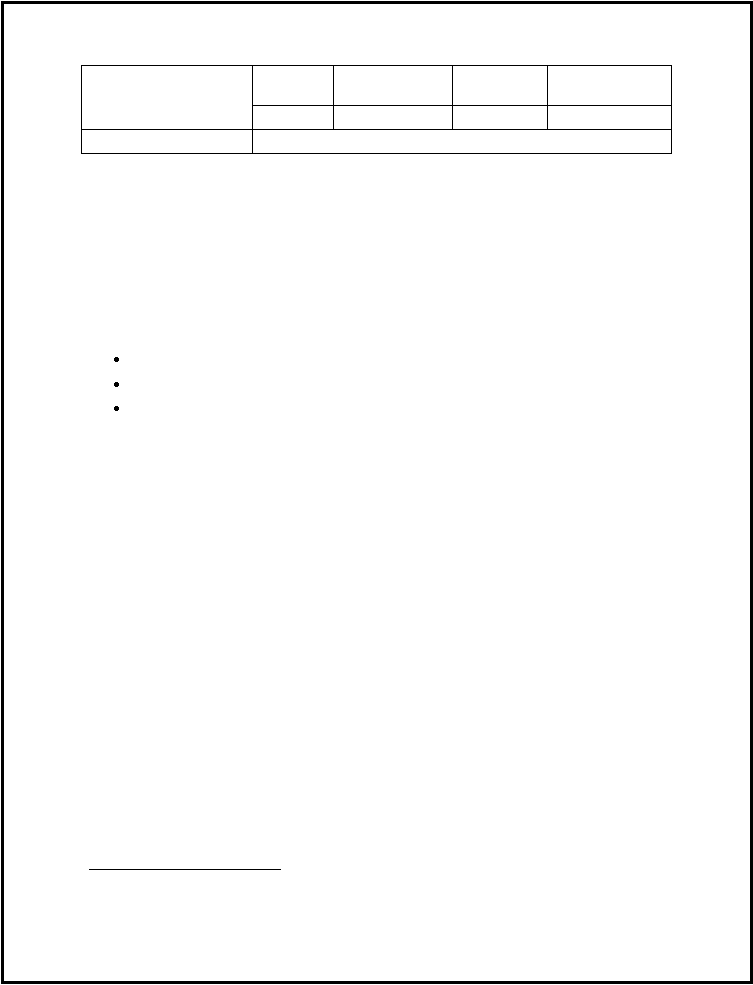
SAE J2735-Draft-Rev28 [issued: 11-10-08]
-
302 -
This is an SAE Motor Vehicle Council draft document of the DSRC committee, subject to change.
Vehicle
System
Occupant
Service
Provider
Road Department
Vehicle Actors: (What
entities play an active role in
use)
X
X
Support information:
4. System Architecture and Concept of Operation
An RSU (or a PSOBU vehicle) is put into emergency service by the reception or the creation of a Roadside
alert message. The messages begin being sent to surrounding vehicles (using the WSM for urgent
messages and IP for less urgent advisory type messages). The message content includes: Location,
Direction (applicability), and a set of descriptive ITIS codes.
Private vehicles in the area may use this data to analyze the event when they they receive the data. If this is
relevant, applicable information may be communicated to the operator. The warning could include
information about:
The type of event, a general event description.
The location or proximity of the event
Instructions on action that the driver may want to take
The warning presented to the driver may be different depending upon the type and its proximity to the
receiving vehicle If additional information is available from the sender, the information may be sent via
other applications and messages.
5. Application use with DSRC
The messages in this application are typically transmitted using the BER-DER encoding and the Wave
Short Message protocol (WSM) stack in a periodic broadcast mode on a high power channel to other
devices (typically other mobile OBUs) who have determined to receive this type of message (based on
ACID value and running a suitable application). Upon reception of such messages they are examined for
message content and relevance regardless of the ACM of the sender.
If the message content is consider to be of a “low priority”
20
(such as standing static reports, permanent
school zones, and other semi permanent data such as construction warnings) then the message is
transmitted using XML encoding and the an IP datagram over a service channel in a periodic broadcast
mode to other devices (typically other mobile OBUs) who have determined to receive this type of message
(based on ACID value and running a suitable application). Upon reception of such messages they are
examined for message content and relevance regardless of the ACM of the sender.
Therefore, this is a provider application that does not employ a Wave Basic Service Set (WBSS) as per
IEEE 1609.4 Clause 5.3 and there is no confirm and join operations. Receivers of these messages are
expected to process all such message regardless of the ACM found (typically each vehicle running a
provider application will have its own ACM for its transmissions).
This application shall transmit its messages using an ACID value of “19” [the “emergency-warning”
service] as defined by IEEE 1609.4 or its successors. The Application Context Mark (ACM) shall be a 2
byte unique value for each instance of the application. Multiple applications, each with their own ACM are
expected to be found operating in overlapping local coverage areas. Based on the data exchanged in this
application, devices may determine the need to initiate other services or applications using other ACID
20
The ultimate determination of this classification, and therefore the encoding and bandwidth
allocated to either type of message is a local jurisdictional consideration.

